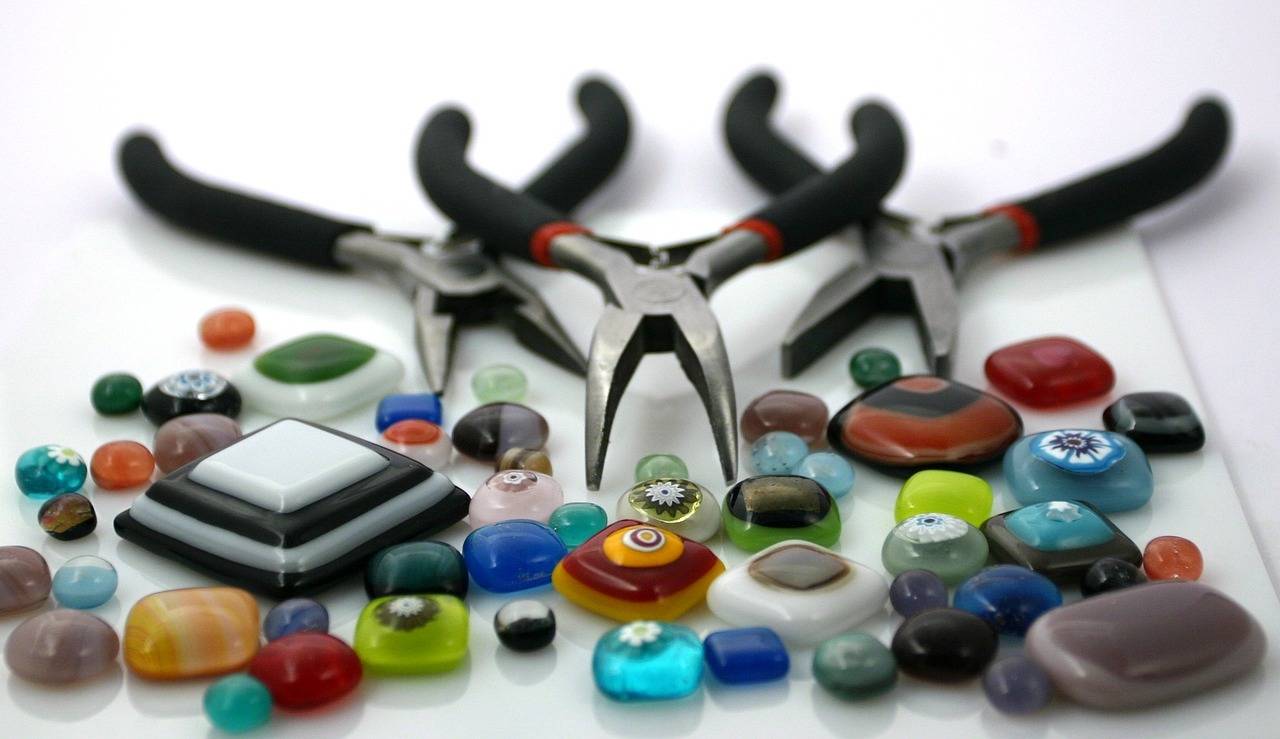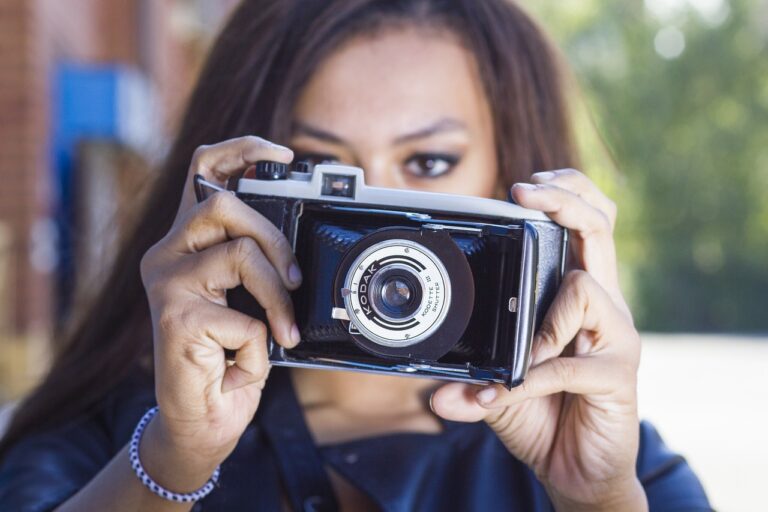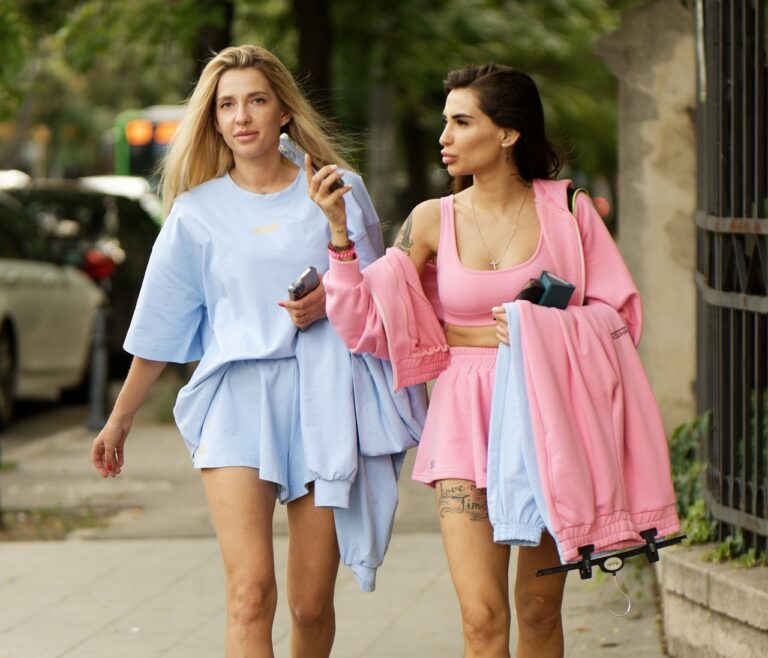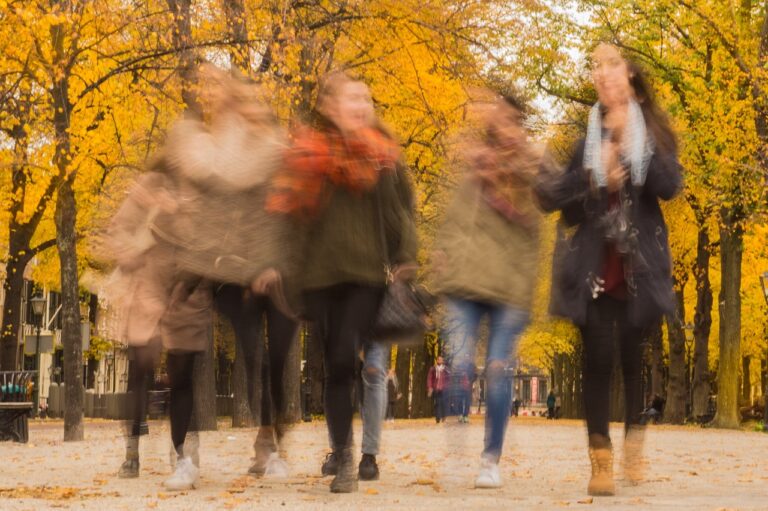Redefining Beauty Standards: Diversity in Fashion Campaigns
Representation in fashion advertising holds immense power in shaping societal perceptions and norms. By showcasing a diverse range of individuals in campaigns, brands have the ability to challenge existing beauty standards and redefine what is considered aspirational. When consumers see themselves reflected in advertisements, they are more likely to feel included and validated, leading to a stronger sense of connection with the brand.
Moreover, through inclusive representation, fashion advertising can break down barriers and promote social acceptance of different cultures, body types, and identities. By featuring models of various ethnicities, sizes, genders, and ages, brands can convey a message of unity and diversity, fostering a more inclusive and equitable society. This shift towards representation not only benefits individuals who have long been marginalized but also enhances the overall brand image and relevance in today’s ever-evolving world.
Breaking Stereotypes in Beauty Standards
Beauty standards have long been shaped by societal norms and media representations, often perpetuating unrealistic ideals that exclude a diverse range of individuals. In recent years, there has been a welcome shift in the fashion industry towards breaking these stereotypes and embracing a more inclusive definition of beauty.
Through powerful advertising campaigns that feature models of various sizes, shapes, skin tones, and abilities, brands are challenging the conventional notions of beauty. By showcasing a broader spectrum of individuals in their marketing strategies, these campaigns are not only increasing representation but also helping to redefine what it means to be beautiful.
The Impact of Inclusive Fashion Campaigns
In the realm of fashion advertising, the significance of inclusive campaigns cannot be overstated. By showcasing a diverse range of models of different ethnicities, body types, and abilities, these campaigns challenge traditional beauty standards and promote a more inclusive and representative vision of beauty. This shift not only resonates with a broader audience but also helps to break down stereotypes and foster a more positive and accepting environment within the fashion industry.
Moreover, inclusive fashion campaigns have the power to empower individuals who have been underrepresented in mainstream advertising. By featuring models who reflect a wider spectrum of diversity, these campaigns send a powerful message of inclusivity and celebrate the richness of different cultures and identities. This not only helps to boost the confidence of marginalized individuals but also encourages greater acceptance and appreciation of diversity within society as a whole.





